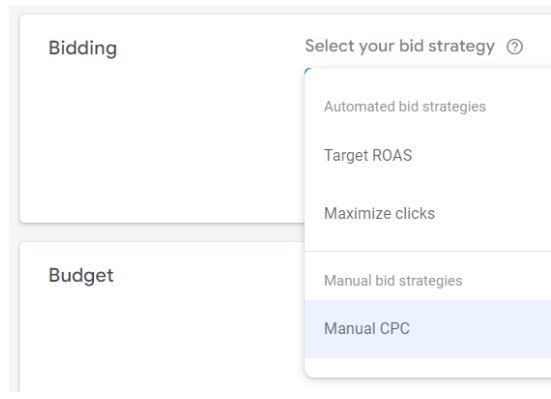Building a new home can be an exciting but complex journey. You’ll face countless on-the-spot decisions, juggle suppliers, and handle unforeseen challenges. Without the right experience, this process could result in costly delays or even compromise the quality of the final product.
That’s why around 80% to 90% of people hire a general contractor (GC) to oversee the process. The GC ensures everything runs smoothly, stays on budget, and meets quality expectations.
Now, think of your customer experience (CX) as that dream home. When it’s time to upgrade or rebuild, who should take the lead? The answer: your CIO. Here are five reasons why your CIO is the ideal person to guide your CX transformation.
1. Building a Strong Foundation
Just as a house needs a sturdy foundation, so does your CX strategy. Your CIO is responsible for selecting the right platforms to ensure that your e-commerce, sales, and support systems run smoothly and securely. While shiny new features are always tempting, it’s crucial to first lay down a solid base.
2. Integrating All Utilities
In a home, electricity and water are non-negotiables. Similarly, data is the lifeblood of a successful customer experience. Your CIO ensures that all your data—from customer interactions to backend operations—flows seamlessly, providing a comprehensive view of your customers. This integration is vital for delivering timely and personalized experiences.
3. Managing Timeline and Budget
Every home project has a timeline and budget, and the same goes for tech projects. Your CIO ensures that your CX initiatives stay within budget while maintaining quality. They’re skilled at choosing cost-effective tech solutions that align with your long-term goals, ensuring your systems work harmoniously without breaking the bank.
4. Designing for Scalability
When building a house, you might plan for future expansions, such as adding extra rooms. Your CIO takes a similar approach, designing your tech infrastructure to grow with your business. By preparing your systems for scalability, they ensure you can adapt to changing customer needs and market trends without needing to tear everything down and start over.
5. Empowering the Designers
Once your foundation is set, it’s time to add personal touches to your customer experience. Your CIO enables teams to use flexible, modular platforms that allow for quick adjustments and innovations. Whether you need to launch a new feature or adjust an existing service, your CIO ensures that it can be done efficiently and without major disruptions.
The Final Build
In conclusion, your CIO plays a pivotal role in constructing a customer experience that is both robust and future-ready. Just as a general contractor oversees every aspect of building a home, the CIO ensures your customer experience is built on a strong technological foundation, with integrated data systems and seamless workflows. They ensure that all elements—whether it’s your e-commerce platform, CRM, or support systems—are not only secure and efficient but also aligned to work together smoothly, much like a well-orchestrated construction project.
But the CIO’s role doesn’t stop at setting up the technology. They are instrumental in managing the budget and timeline of your CX initiatives, making sure you invest wisely in tech solutions that deliver long-term value. By carefully selecting cost-effective systems and ensuring they function cohesively, the CIO helps avoid unnecessary tech bloat and ensures that your business gets the most out of its investments.
Additionally, the CIO takes on the responsibility of designing your tech infrastructure for scalability, preparing your systems to grow as your business evolves. Just as you might plan for future expansions when building a home, your CIO ensures your systems are equipped to handle increasing customer demands, new technologies, and market shifts without requiring costly overhauls down the line.
Once the foundational work is complete, the CIO empowers teams to personalize and innovate your customer experience. By providing flexible, modular platforms, they allow your teams to quickly adapt, make adjustments, and create new experiences without disrupting the core infrastructure. This level of agility is essential in today’s fast-paced market, where customer needs and expectations are constantly changing.
Ultimately, the CIO ensures your customer experience is not just well-built, but dynamic and capable of evolving alongside your business. With the right leadership from your CIO, you can create a seamless, personalized experience for your customers that stands the test of time and positions your company to thrive in an ever-changing landscape.
By embracing the CIO as the “general contractor” of your customer experience journey, you ensure that your CX strategy is built to last, innovate, and scale. The end result is a customer experience that not only meets current demands but is future-proof, flexible, and designed to keep you competitive in an increasingly complex market. With the CIO’s expertise at the helm, you can build an exceptional customer experience that delivers lasting value and keeps your customers engaged for years to come. 🚀











Leave feedback about this